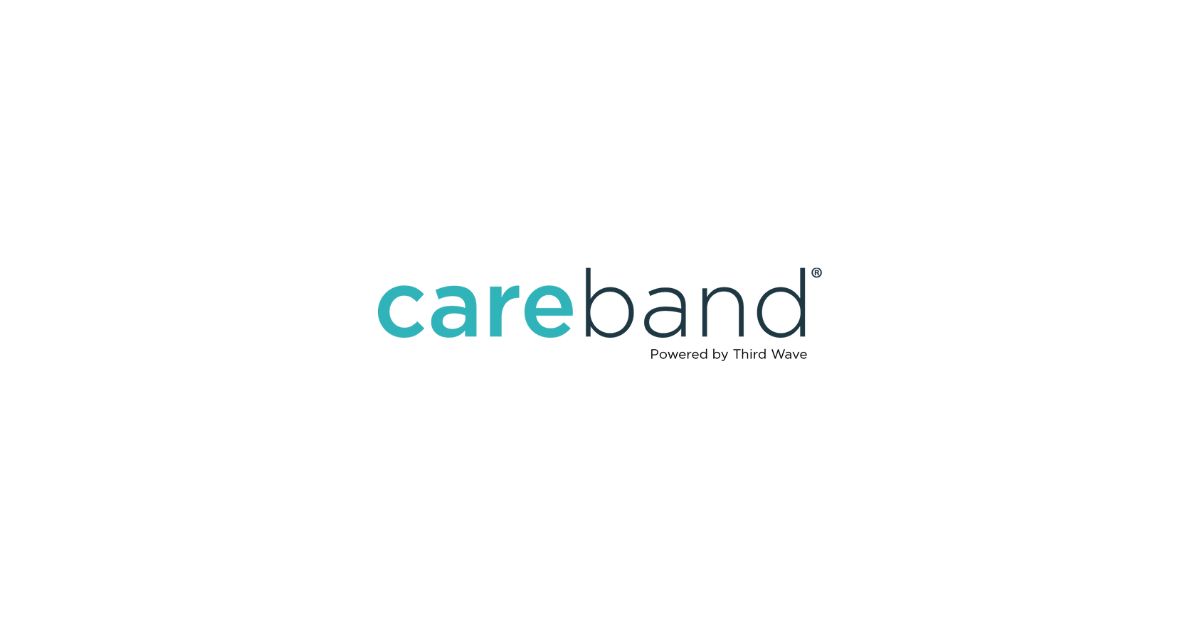CareBand Secures Patent for Edge-Computing Wearable Platform

CareBand has secured a U.S. patent for its innovative edge-computing wearable platform, as announced in a press release. The patent, numbered 12,290,339, covers an architecture that uses edge processors, neural accelerators, and LPWAN radios to convert raw sensor data into actionable insights without relying on power-intensive cloud connections.
The patented system features a dual-chip design that pairs a machine learning inference engine with a sub-GHz LPWAN microcontroller. This setup allows the device to transmit only high-value events such as falls, wander risks, and hazardous gas spikes, making it suitable for applications in dementia care, lone-worker safety, and industrial hazard alerts.
CareBand's platform is compatible with multiple low-power wide-area network protocols, including LoRaWAN, NB-IoT, Sigfox, Amazon Sidewalk, and satellite LPWAN. This compatibility ensures that the device can operate efficiently in various environments, providing continuous monitoring with extended battery life.
We hope you enjoyed this article.
Consider subscribing to one of our newsletters like Life AI Weekly or Daily AI Brief.
Also, consider following us on social media:
More from: Life Sciences
Subscribe to Life AI Weekly
Weekly coverage of AI applications in healthcare, drug development, biotechnology research, and genomics breakthroughs.
Whitepaper
Stanford HAI’s 2025 AI Index Reveals Record Growth in AI Capabilities, Investment, and Regulation
The 2025 AI Index by Stanford HAI provides a comprehensive overview of the global state of artificial intelligence, highlighting significant advancements in AI capabilities, investment, and regulation. The report details improvements in AI performance, increased adoption in various sectors, and the growing global optimism towards AI, despite ongoing challenges in reasoning and trust. It serves as a critical resource for policymakers, researchers, and industry leaders to understand AI's rapid evolution and its implications.
Read more
